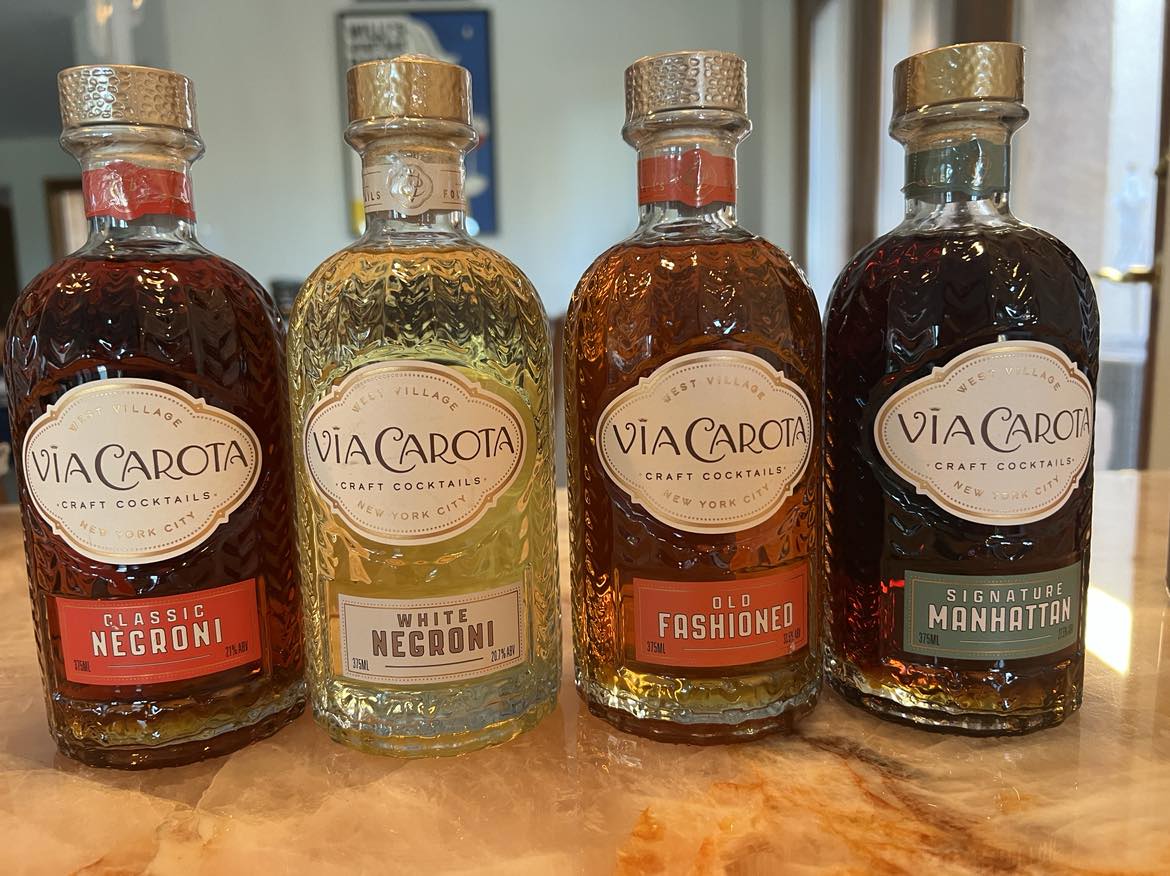I’ve often been asked in my pursuit of (wine) knowledge if I’d ever visited a cooperage. I have to admit that the first time I was asked I was like any true wine 101er – and asked what the heck a cooperage is.
A cooperage, manned by several coopers, is a barrel making facility. Just like a boat, wood worked into barrels goes through quite a bit before it can be water, or wine proof.
Seguin Moreau Cooperage
During our tour we watched as oak staves were toasted, allowing water in the oak to steam out, while a cooper sprays a small amount of water on each. This procedure makes it easier to bend the oak without risk of cracking. Metal rings known as “toasting hoops” are slipped over the sides, and tops were hammered, before the next step occurs.
 A steel cable is then set into the bottom of the barrel while it gets to the right level of tightness, then it’s time for toasting! (The aromas alone were enough to make me crave wine, and make sure next time I visit a cooperage I have a winery visit scheduled right after.)
A steel cable is then set into the bottom of the barrel while it gets to the right level of tightness, then it’s time for toasting! (The aromas alone were enough to make me crave wine, and make sure next time I visit a cooperage I have a winery visit scheduled right after.)
All by pre-planned design for each workday at the cooperage, each barrel has been made to order. Watching the coopers at various points in the construction I learned that it would take a minimum of two hours for a single barrel to be completely formed, toasted, cooled and then checked with pressurized water for leakage. The toasting hoop is then removed and replaced with galvanized steel hoops.
A “master cooper” was off to the side to do any necessary repair work with extra oak pieces, a hammer and more to make sure each and every barrel is good to go.
The final part, after selecting the toast amount for the barrel’s top and sealing the barrel, a laser is used to mark the barrel. These always looked like they were done with branding irons to me, but no longer, the laser will mark where the oak originated and how much toast; M toast and M+ toast are most common – light toast is less common.
Additionally “The characteristics of the wood making up the barrel can be tracked at every phase of its life, thanks to the unique code given to each barrel: the species, type of grain, thickness, geographical origin, supplier, maturation time, and date of preparation of staves.”
Facebook album link: https://www.facebook.com/media/set/?set=a.10204030874999605.1073741881.1455706632&type=1&l=ef858e481a
About (from Facebook)
Seguin Moreau Napa Cooperage blends its French heritage with American resources, supporting wineries’ oak programs worldwide.
Mission
SEGUIN MOREAU continues to enrich and modernize almost two centuries of tradition, the foundation of an internationally recognized savoir faire.
Company Overview
The Seguin and Moreau cooperages were created in 1870 and 1838 respectively. The famous cognac house, Remy Martin, took a majority holding in the Seguin cooperage in 1958. It later went on to become its sole shareholder. at the same time buying the Moreau cooperage. SEGUIN MOREAU cooperage was born.
Statistics
 Seguin Moreau has three workshops: France, Australia and the one we toured in Napa.
Seguin Moreau has three workshops: France, Australia and the one we toured in Napa.
They create over 80,000 barrels a year in various sizes.
Just like aging wine, the staves are aged 24 to 36 months before use.
They have 9 different toast levels. (more actually, as there are varying options for each)
The tight-grained oak is porous, allowing for minute amounts of evaporation and oxygenation. This exchange between the outside air, the barrel and the wine provide for rounding of tannins and developing of aromatics.
They have over 240 staff members.
Every barrel is hand-toasted and hand-finished.
They serve over 5,000 clients, however, they are not open to visitors.
Facebook: https://www.facebook.com/SeguinMoreauUSA
Cool videos on YouTube: https://www.youtube.com/user/SeguinMoreauUSA
Eve Bushman has been reading, writing, taking coursework and tasting wine for over 20 years. She has obtained a Level Two Intermediate Certification from the Wine and Spirits Education Trust, has been the subject of a 60-minute Wine Immersion video, authored “Wine Etiquette for Everyone” and recently served as a guest judge for the L.A. International Wine Competition. You can email Eve@EveWine101.com to ask a question about wine or spirits that may be answered in a future column. You can also seek her marketing advice via Eve@EveBushmanConsulting.com









